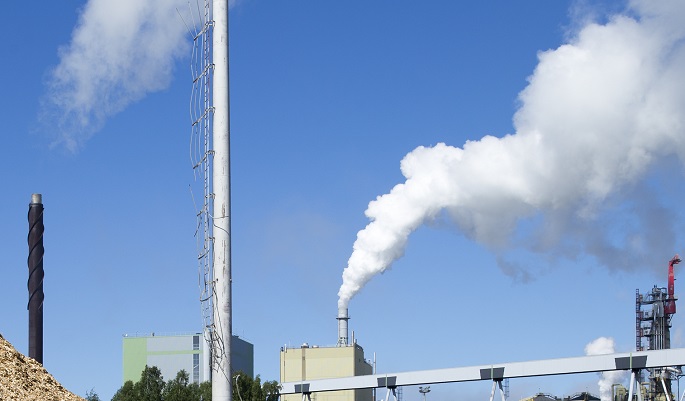Energy crisis rises Espoo’s emissions in 2022
Published : 31 May 2023, 02:29
The energy crisis increased Espoo's emissions in 2022 compared to the previous year, said the City of Espoo in a press release on Tuesday.
Referring to the Helsinki Region Environmental Services- HSY's emissions calculations, the city, however, said that the emissions per capita in Espoo are the lowest in the Helsinki Metropolitan Area for the seventh consecutive year.
Last year, Espoo’s emissions were 897 thousand tonnes CO2 eq. Since 1990, emissions have decreased by 15 per cent, even though population growth has been rapid.
The emission per capita were again the lowest in the Helsinki Metropolitan Area, 2.9 tonnes CO2 eq. The emissions created per Espoo resident are now less than half of what they were in 1990.
“We are committed to our goal of becoming a carbon-neutral city by 2030. The growing and developing Espoo is an excellent place for testing and introducing new solutions that reduce emissions. This work requires the participation of the entire unique Espoo community: research, companies, innovation operators and residents”, said Espoo Mayor Jukka Mäkelä.
As a result of the energy crisis caused by Russian’s war of aggression against Ukraine, Espoo’s emissions rose from the previous year for the first time in ten years.
In 2022, emissions were eight per cent higher than in the previous year. The increase in the entire Helsinki Metropolitan Area was slightly higher; nine per cent.
The temporary increase in emissions was caused by the district heat emissions increasing by 30 per cent from the previous year, which in turn was caused by the end of natural gas imports from Russia.
“In terms of energy production, 2022 was a completely unusual year due to Russia's attack on Ukraine. We ended all heat production purchases from Russia immediately after the attack began. The war caused a sharp rise in the prices of energy and materials throughout Europe, which led to a situation where energy production purchases were primarily driven by price and availability. In district heat production, we had to replace natural gas with other fossil fuels, which increased heating emissions from the previous year,” said Senior Manager Miika Leinikka responsible for purchases at Fortum Heating and Cooling.
Espoo and Fortum will continue their efforts to phase out coal in district heat production by 2025.
For other sectors, Espoo’s emissions trend was downward or remained the same compared to the previous year, with the exception of the industry and machinery sector whose emissions increased slightly. After heating, the largest sources of greenhouse gas emissions are electricity consumption and traffic.
The overall consumption of electricity decreased by about one per cent and electricity consumption in housing decreased by as much as seven per cent.
Electricity consumption in electric heating, services and industry increased by two to three per cent. The decrease in electricity consumption in housing is largely due to the high price of electricity and the successful campaigns that encouraged residents to reduce their consumption.
In order to achieve the goal of carbon neutrality, the total emissions from traffic must also start decreasing in Espoo. Greenhouse gas emissions caused by public transport decreased slightly. The decrease in emissions is due to the continued electrification of HSL bus services and the reduced emissions from the overall Finnish electricity production. Emissions data from road traffic is not yet available and will be updated later.
The European Commission has selected Espoo to contribute to the mission of delivering 100 climate-neutral and smart cities. Despite the challenges related to our operating environment and the global situation, we will strengthen our climate work as part of the network of European pioneer cities.
The Espoo City Council decided in 2022, in connection with the budget, on the main principles for the “Carbon-neutral Espoo 2030” road map. In autumn, the council will discuss the completed road map, which compiles the city’s own climate efforts and the climate work to be done with the Espoo community into a strategic plan.
“In addition to reducing emissions in the urban area, the goal is to ensure that the city's growth remains sustainable and that the solutions developed in cooperation with our partners help solve the global climate challenge. The pace of the green transition will only accelerate, strengthening competitiveness in Espoo, Finland and Europe as a whole,” said Deputy Director of Strategy Pasi Laitala.
HSY’s greenhouse gas emissions calculation for the Helsinki Metropolitan Area and Espoo’s current carbon neutrality target do not take into account the indirect emissions from consumer goods, such as food or building products.
However, the city also monitors the carbon footprint of consumption and is involved in developing the calculations methods to be more accurate.


